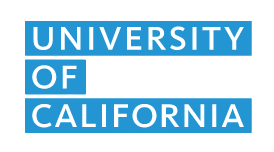What Happened?
During a pre-inspection lab cleanup, a researcher noticed a hand-labeled, hard-to-read waste container without a waste tag. The researcher thought they could read the letters “AES” on the container, so they reached out to the responsible person for Atomic Emission Spectroscopy (AES) and requested they pH the solution in order to properly combine the solution with one of their waste streams.
The person responsible for AES reported a pH of 1.1, and the researcher decided to combine the waste with the acid and heavy metal chemical waste assuming it also contained heavy metals due to the “AES” on the label.
After a small test pour of the solution into the acid and heavy metal waste container, a plume of smoke ejected from the container. The researcher immediately stepped to the side, closed the sash of the fume hood, and allowed the chemicals in the container to react. Smoke began to fill the fume hood until the reaction came to a stop. Although ready to call 911, the researchers did not because the reaction had finished.
The emergency response of the lab members was great: they did not try to quench or otherwise interfere with the reaction but closed the sash of the fume hood and prepared to call for help. They also reported the incident to their PI and EHS Department.
Eventually, the remaining “AES” solution was retested and shown to be basic.
What Was The Cause?
A researcher combined unknown chemical waste with acidic heavy metal waste. The researcher assumed that they knew the nature of the waste.
How Can Incidents Like This Be Prevented?
Do not rely on other people’s poorly readable label or verbal information when it comes to unknown chemical waste. Insist that other researchers identify and properly tag a waste container with the appropriate waste tag.
If a waste container cannot be clearly identified treat it as unknown waste.
Recommendations
Prepare dedicated, clearly labeled waste containers for commonly generated chemical wastes that other researchers can use to add their waste. This avoids accumulation of “satellite” waste containers.
Clearly label waste containers using materials resistant to the chemical contents.
Establish regular lab cleanups and removals of wastes to help prevent labels from falling off or fading before disposal.
Resources
QUICK ACTION TIPS
In case of unexpected chemical reactions, close the fume hood, step back and prepare or call 911. Report the incident to your PI.
